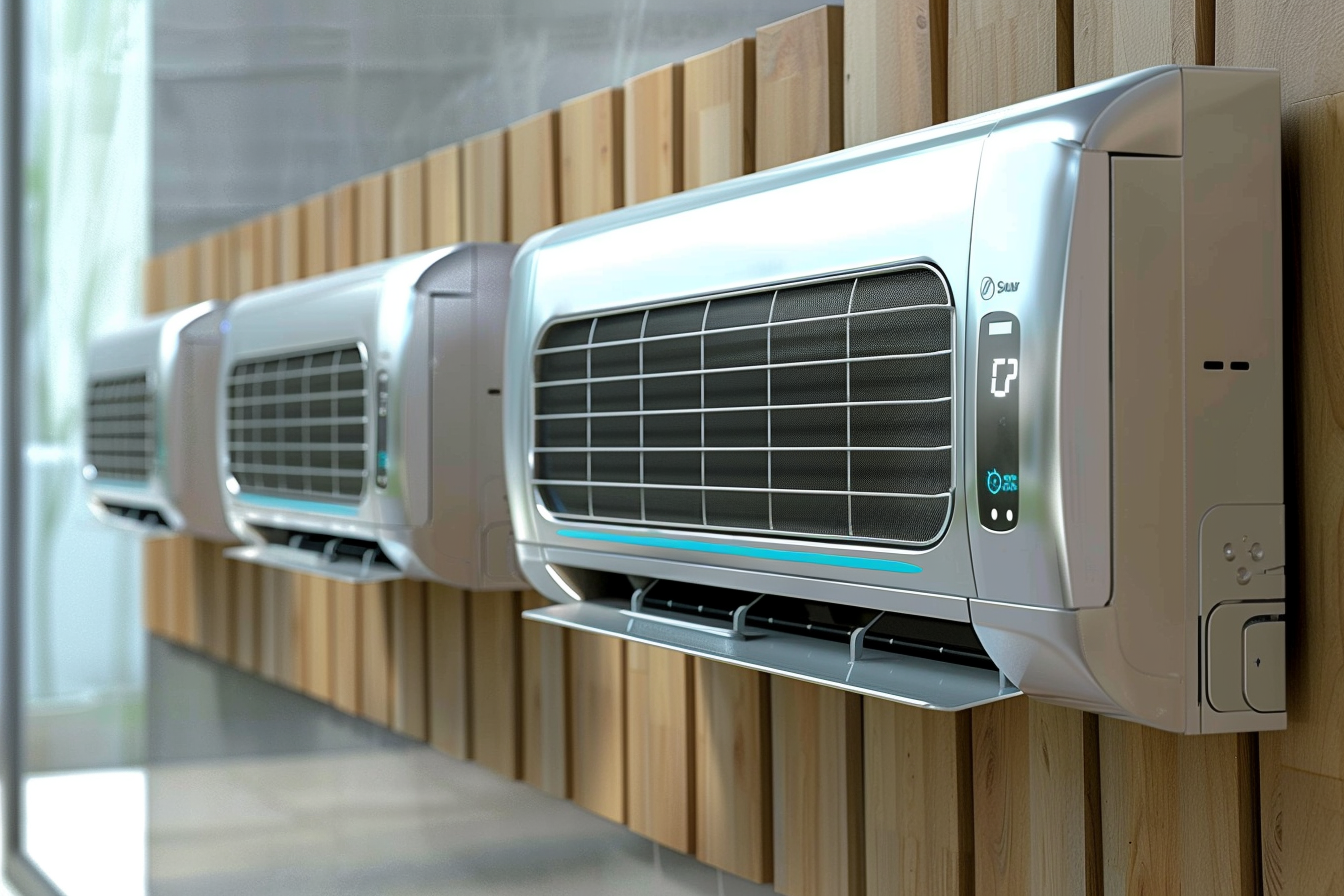Assessing vents and flues: stepwise checks for draft and sealing
This article outlines clear, step-by-step checks for assessing vents and flues to confirm proper draft and effective sealing. It highlights practical visual and diagnostic checks, safety considerations, and maintenance tasks that help preserve system performance and indoor safety for homeowners and technicians.

Proper vent and flue assessment protects occupants and equipment by ensuring combustion gases exit safely and systems operate efficiently. This guide presents sequential checks that start with a visual inspection, proceed to draft testing and sealing evaluation, and finish with operational verification. The approach applies to both older and newer installations and complements routine furnace or boiler service schedules.
How to check furnace venting and draft?
Start with a visual sweep of the furnace venting path. Look for rust, loose connections, sagging sections, or animal nests that can disrupt draft. With the appliance running, feel for consistent warm airflow at terminal points and observe for smoke or soot around joints. Use a small mirror or inspection camera for concealed sections. If draft seems weak, check for obstructions at chimneys or rooftop vents and ensure the terminal cap and rainproofing are intact. These steps help identify whether poor draft arises from blockage, improper pitch, or external wind conditions.
What should be inspected on boiler flues?
Boiler flues require inspection for corrosion, cracks, and proper slope toward the chimney or vent connector. Examine seals and fasteners where the flue connects to the boiler; a failing gasket or loose collar can permit combustion byproducts into conditioned spaces. Confirm that the flue sizing and materials match the boiler’s specifications—mismatched components can reduce draft and increase condensation. Record visible soot patterns, which may indicate incomplete combustion or draft reversal. When in doubt, document findings and compare them with manufacturer guidance during a routine inspection.
How to evaluate ductwork and airflow?
Assess ductwork for disconnected sections, crushed ducts, and poorly sealed joints that interfere with intended airflow. While ducts primarily distribute heated or cooled air, leaks and restrictions can change pressure dynamics and indirectly affect venting performance in zoned systems. Use a flashlight to inspect inside accessible ducts and check that insulation is intact. Measure supply and return airflow if you have basic tools; large discrepancies or restricted returns can change how combustion appliances establish draft, especially in tightly sealed homes with mechanical ventilation.
When to test for combustion and carbon safety?
Testing combustion and carbon monoxide levels is a critical safety step when assessing vents and flues. Use an approved combustion analyzer to measure flue gas composition, draft pressure, and stack temperature; abnormal readings can indicate poor combustion or heat exchanger issues. For homes without analytic tools, monitor for symptoms like soot accumulation, yellow burner flames, or intermittent pilot outages. Install and verify operation of carbon monoxide detectors and ensure they are placed according to safety recommendations. Any indication of elevated CO or incomplete combustion requires immediate professional attention.
Should thermostat, zoning, and calibration affect vent checks?
Thermostat settings, zoning panels, and calibration influence how often appliances run and the pressure cycling within a home, which can change vent behavior. Verify that thermostats and zone controls are calibrated and not causing excessive short-cycling, which can lead to soot buildup in flues. During inspection, note how vent draft responds when different zones call for heat. If draft fluctuates significantly with zoning operations, consider investigating balancing the ductwork or adjusting zoning sequences to stabilize pressure and improve overall efficiency and combustion stability.
How does sealing improve efficiency and filters play a role?
Sealing gaps in vent connectors and flue joints reduces the risk of flue gases entering living spaces and improves system efficiency by maintaining designed draft paths. Use heat-rated sealants and approved mechanical fasteners to secure connections. While sealing flues, also review combustion air pathways and ensure intake air is unobstructed. Regularly replace or clean filters and maintain clear return-air paths, as dirty filters and restrictive ductwork increase system workload and can indirectly affect combustion performance. Proper sealing combined with filter maintenance helps preserve efficiency and safety.
Assessing vents and flues involves a mix of visual inspection, diagnostic measurement, and an understanding of how system components interact. Regular checks for corrosion, blockages, draft consistency, and secure joints will reduce safety risks and support operational efficiency. When measurements or observations suggest incomplete combustion, carbon monoxide risk, or structural deterioration in venting components, arrange for a qualified technician to perform more detailed inspection and repairs.






